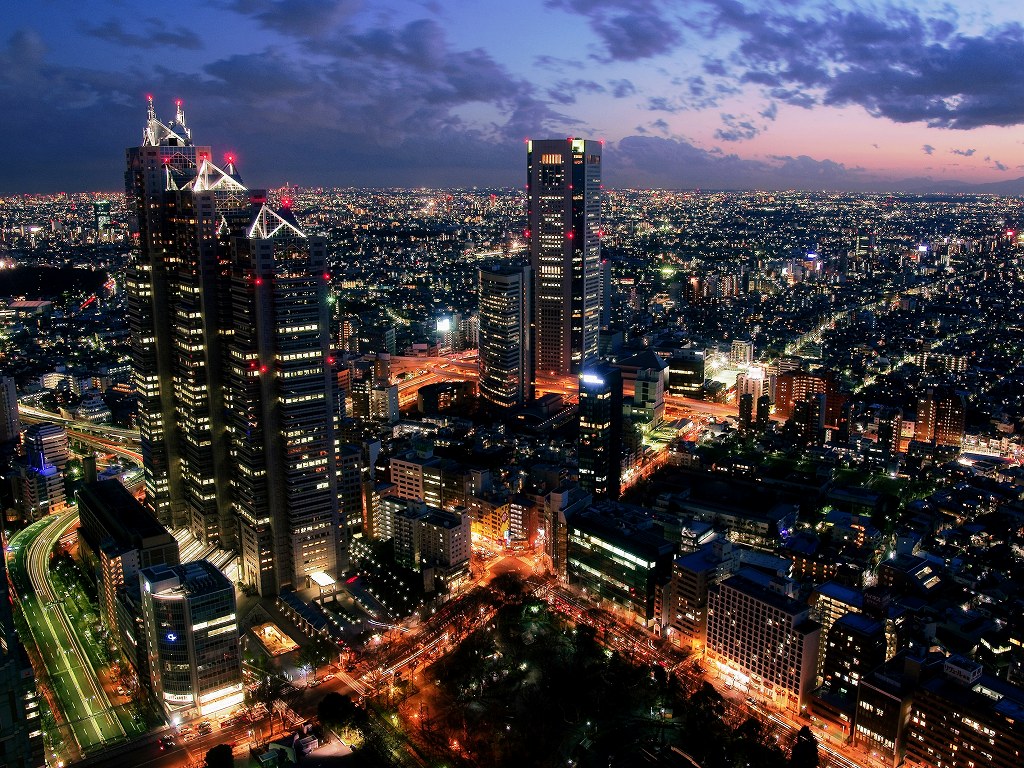12+ Map Of Texas Physical Features
Part of the final project for my texas geography class detailing 3 basic physical landscapes from east to west across the state. Physical Features of Texas Many of Texas physical features can be clearly seen in this physical map.

Physical Map Of Texas Map Texas Map Physical Map
Map Of Texas Cities And Roads Gis Geography.

Map of texas physical features. Beg Maps Of Texas. The North Central Plains of Texas are a southwestern extension into Texas of the interior or central lowlands that extend northward to the Canadian border paralleling the Great Plains to the West. The width west-to-east from El Paso to.
Texas Map Population History Facts Britannica. Texas is in the gulf of mexico drainage basin with highest elevations in the northern and western panhandles. This state lies in the south central part of the country and it is bordered by Louisiana on its east Arkansas on its northeast Oklahoma on its north New Mexico on its west and Mexico on its south.
Texas Historical Maps Perry Castaneda Map Collection Ut Library Online. The longest straight-line distance is from the northwest corner of the panhandle to the Rio Grande river just below Brownsville 801 miles 1289 km. Its a piece of the world captured in the image.
Some regions of Texas are associated with the South more. Texas Physical Features and Natural Resources Map Part A Using the maps on pages 32 and 33 of your textbook label the following items on the map on the back of this sheet. Physical geography Texas covers a total area of 268581 square miles 695622 km 2.
The North Central Plains of Texas extend from the Blackland Belt on. Texas is considered to form part of the US South and also part of the US. Texas Physical Geography Map Photos.
Old Historical City County And State Maps Of Texas. Texas Physical Geography Facts. Physical map of Texas equirectangular projection.
Texas continues to see rapid and explosive growth with a population now exceeding 28700000 according to census estimates. States should be colored green except for Texas. Texas Physical Cultural Historic Features and Landmarks with maps driving direction and local resources.
This state has an area of about 696200 square kilometers and. Texas is divided right from the southeast to its west into the following. If you want to find the other picture or article about Texas Physical Features Map Plains Of.
This Texas shaded relief map shows the major physical features of the state. Physical geography deals with the natural features or landforms found on Earths surface such as mountains lakes plains and rivers. You will need to draw some of the water resources that are listed and be sure to outline water in blue except.
The longest straight-line distance is from the northwest corner of the panhandle to the Rio Grande river just below Brownsville 801 miles 1289 km. Texas is in the Gulf of Mexico Drainage Basin with highest elevations in the northern and western panhandles. Political Map Of Texas State Of The Usa.
Physical Map Of Texas. Physical map illustrates the natural geographic features of an area such as the mountains and valleys. For other nice views of the state see our Texas Satellite image or the Texas map by Google.
In the contiguous United States Texas is considered to be the largest state of all. Physical features of Texas. Click on above map to view higher resolution image.
Political map illustrates how people have divided up the world into countries and administrative regions. This land rises to the popular Hill Country which is considered the heart of the state. Physical Map of Texas political outside.
Texas lies in the south-central part of the United States of America. This map shows the major streams and rivers of Texas and some of the larger lakes. Texas Map With Physical Features Pictures.
The atlas includes numerous photographs identifying specific physical features across the state as well. Physical map of texas landforms. Physical geography Texas covers a total area of 268581 square miles 695622 km 2.
It is 42 non-hispanic white and. This is not just a map. The Great Plains and Llano Estacado in North Texas and mountain ranges in West Texas such as Guadalupe Mountains Davis Mountains Glass Mountains Santiago Mountains and Chisos Mountains are all very prominently displayed in this map.
The Gulf Coastal Plains the Interior Lowlands the Great Plains and the Basin and Range Province. 24 Picture Gallery. S Physical Regions of Texas Rio Grande Plain Pine Belt Coastal Prairies Llano Edwards Basin Stockton Plateau Plateau.










